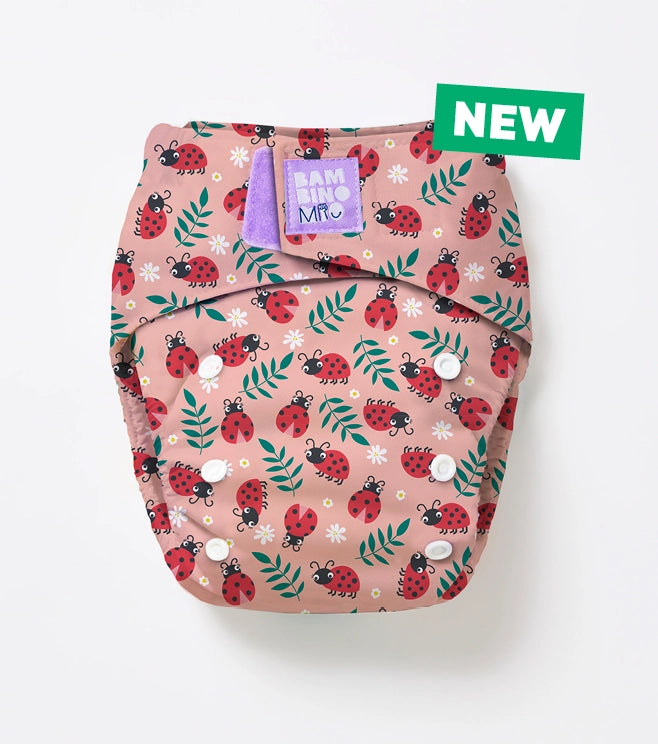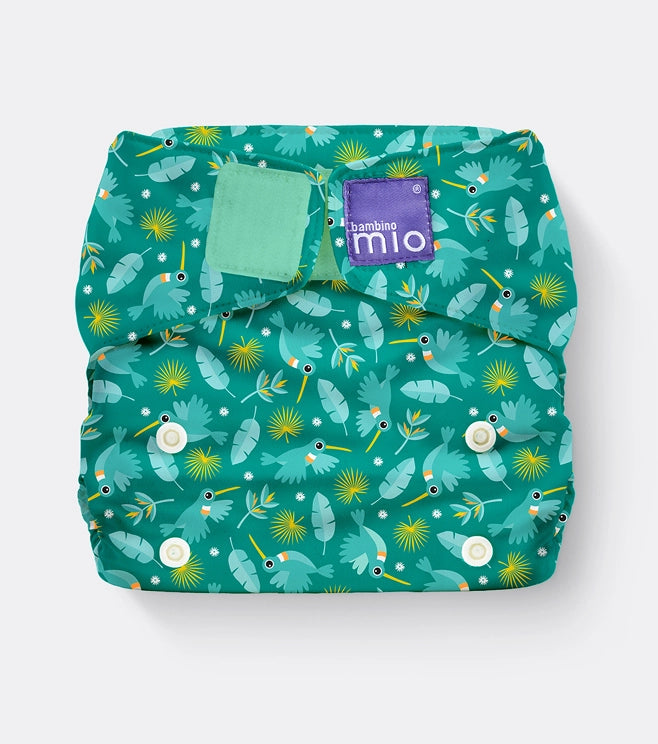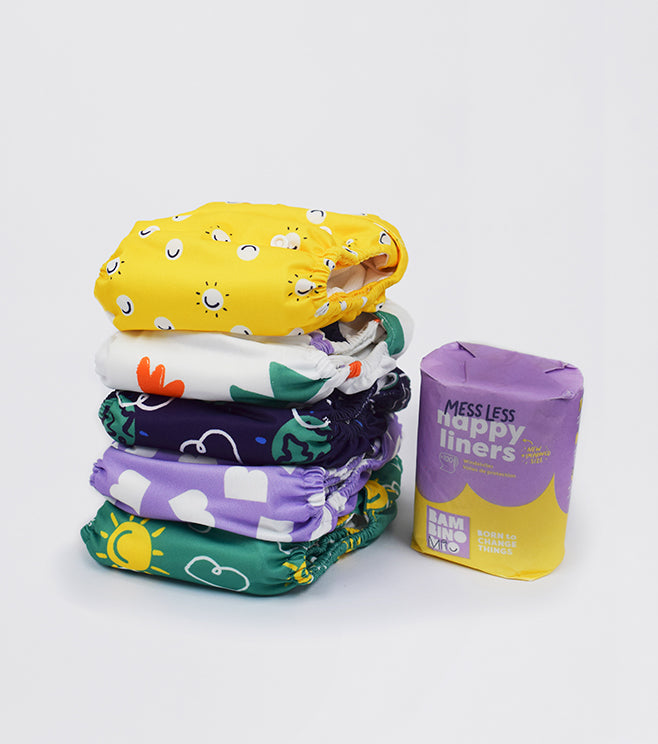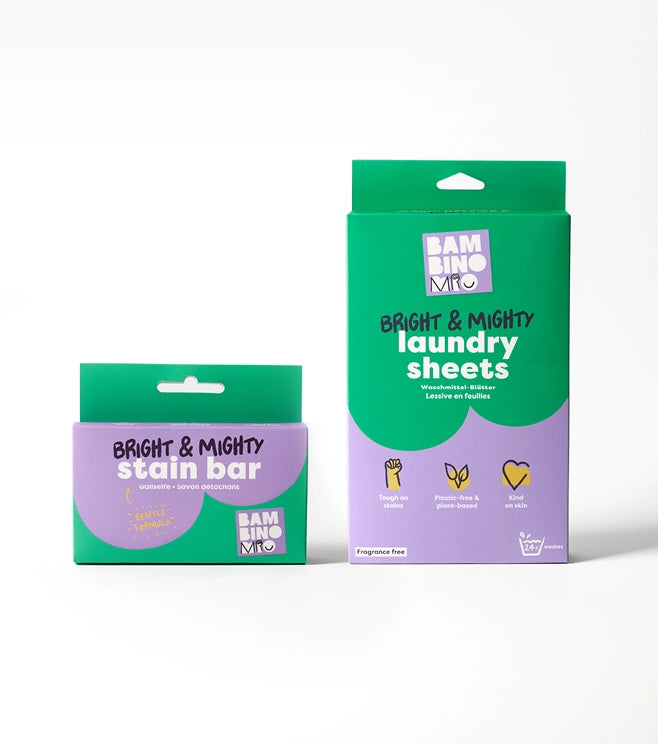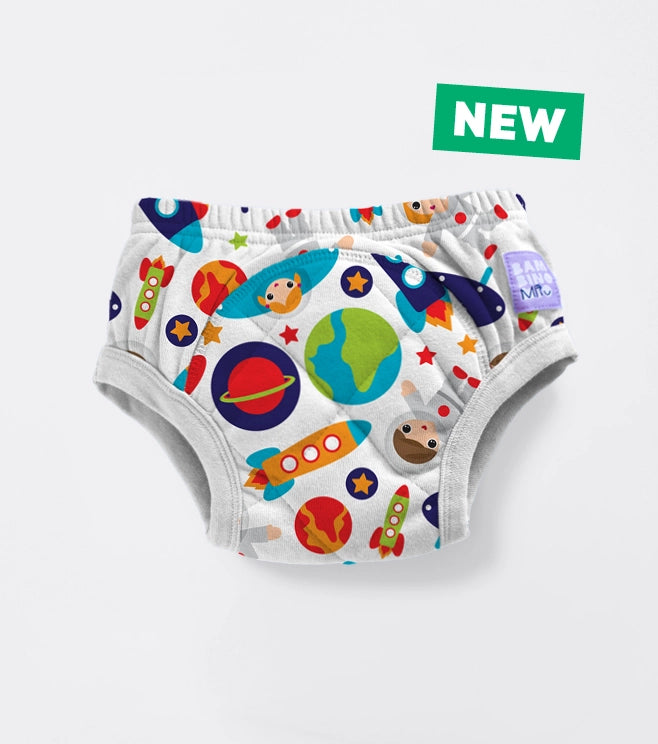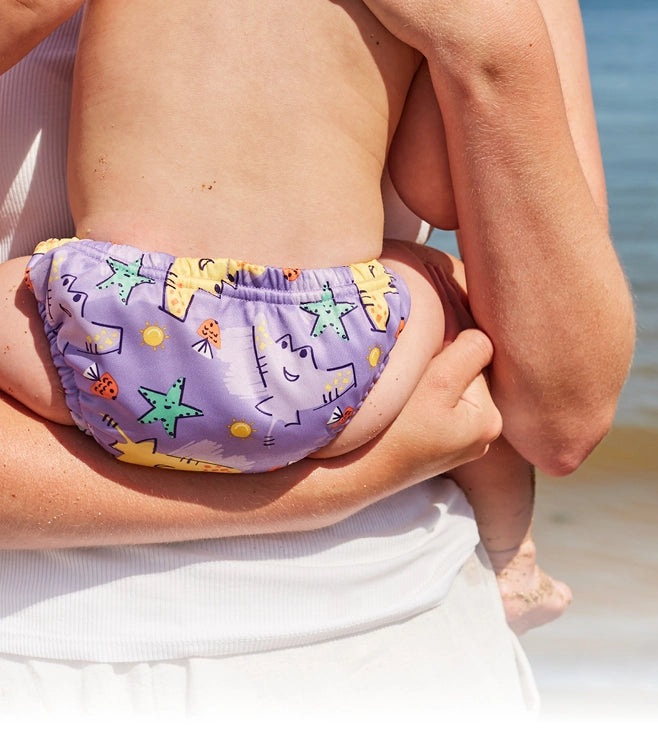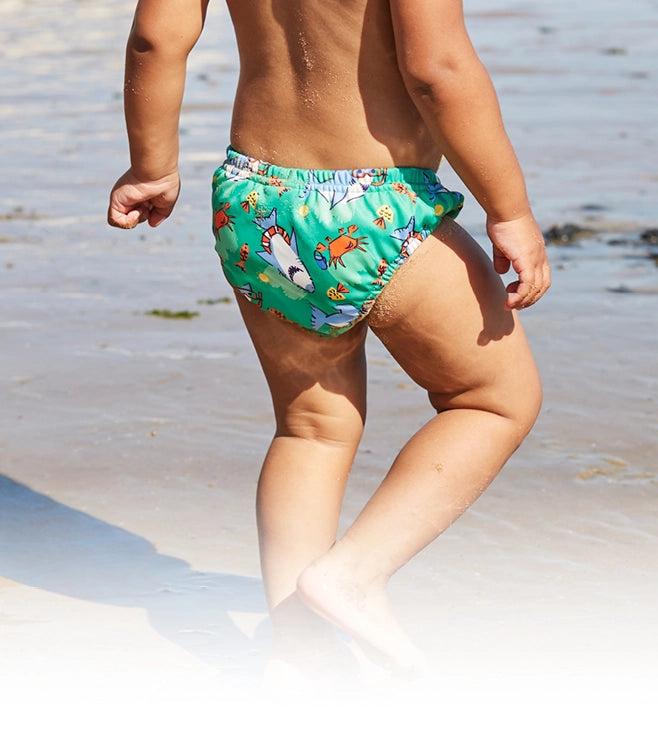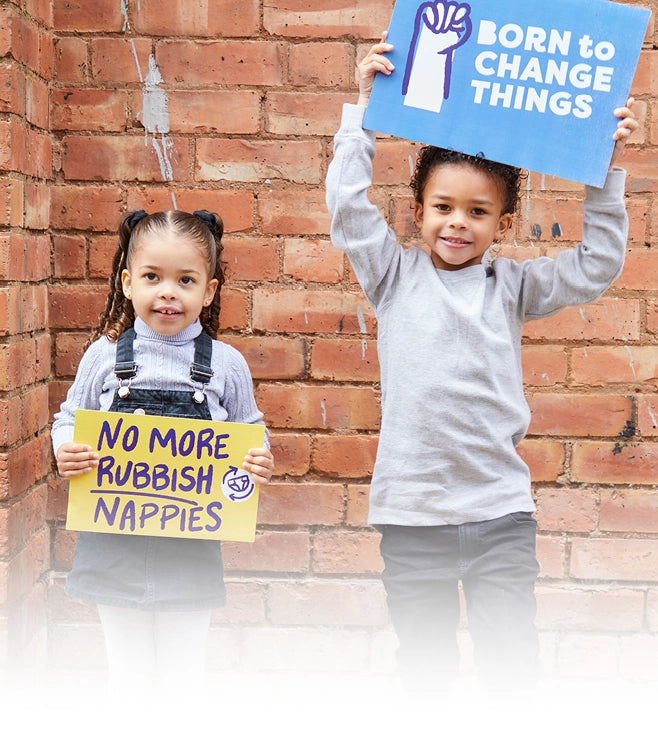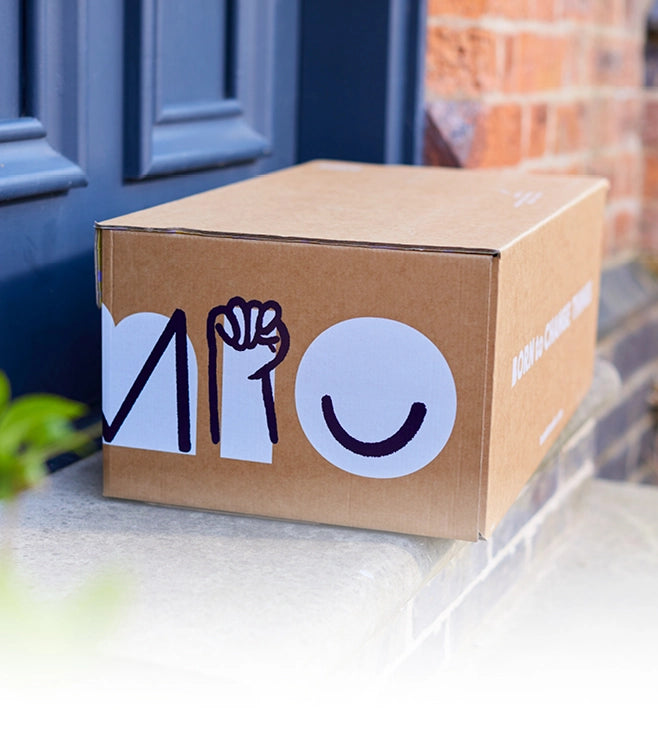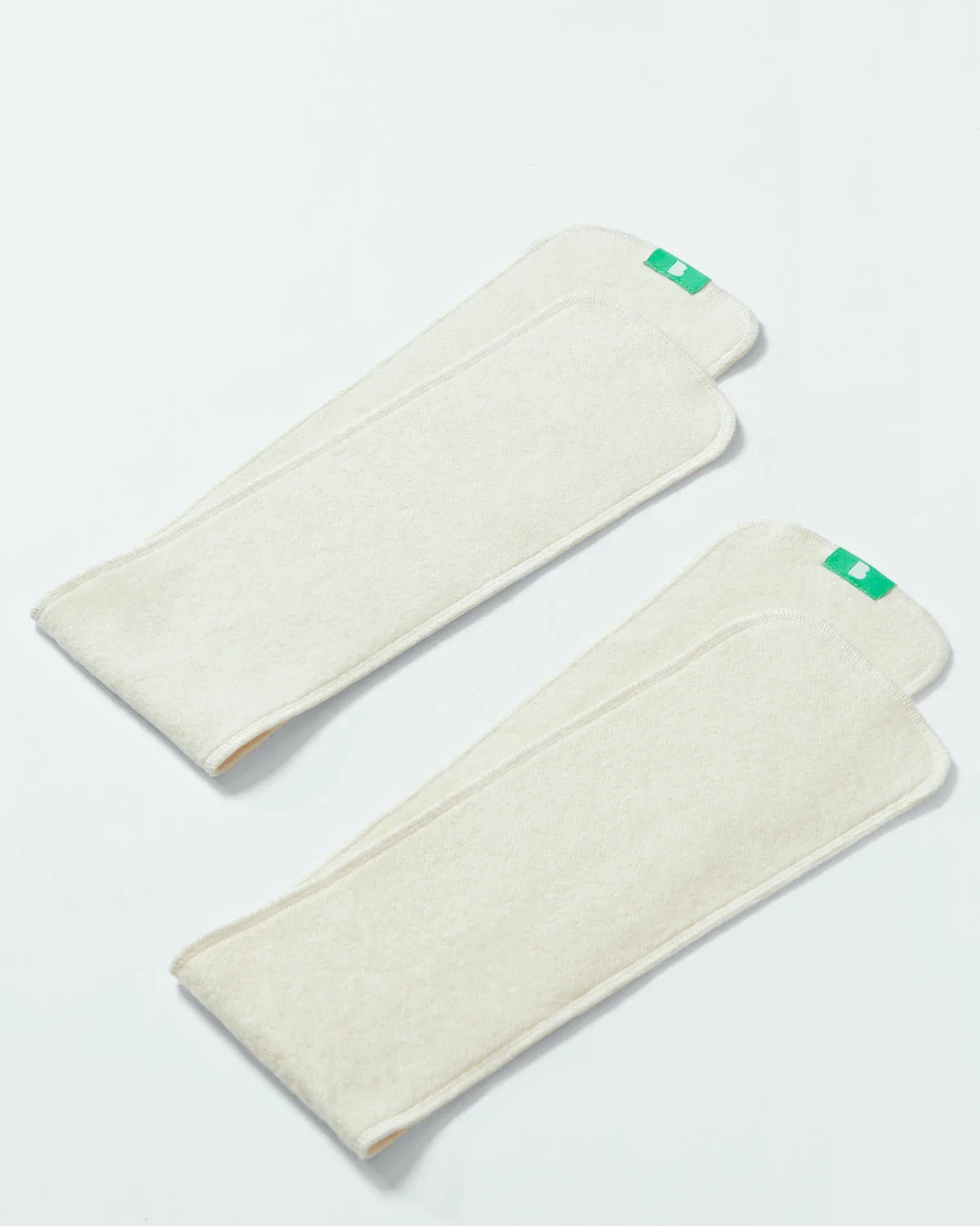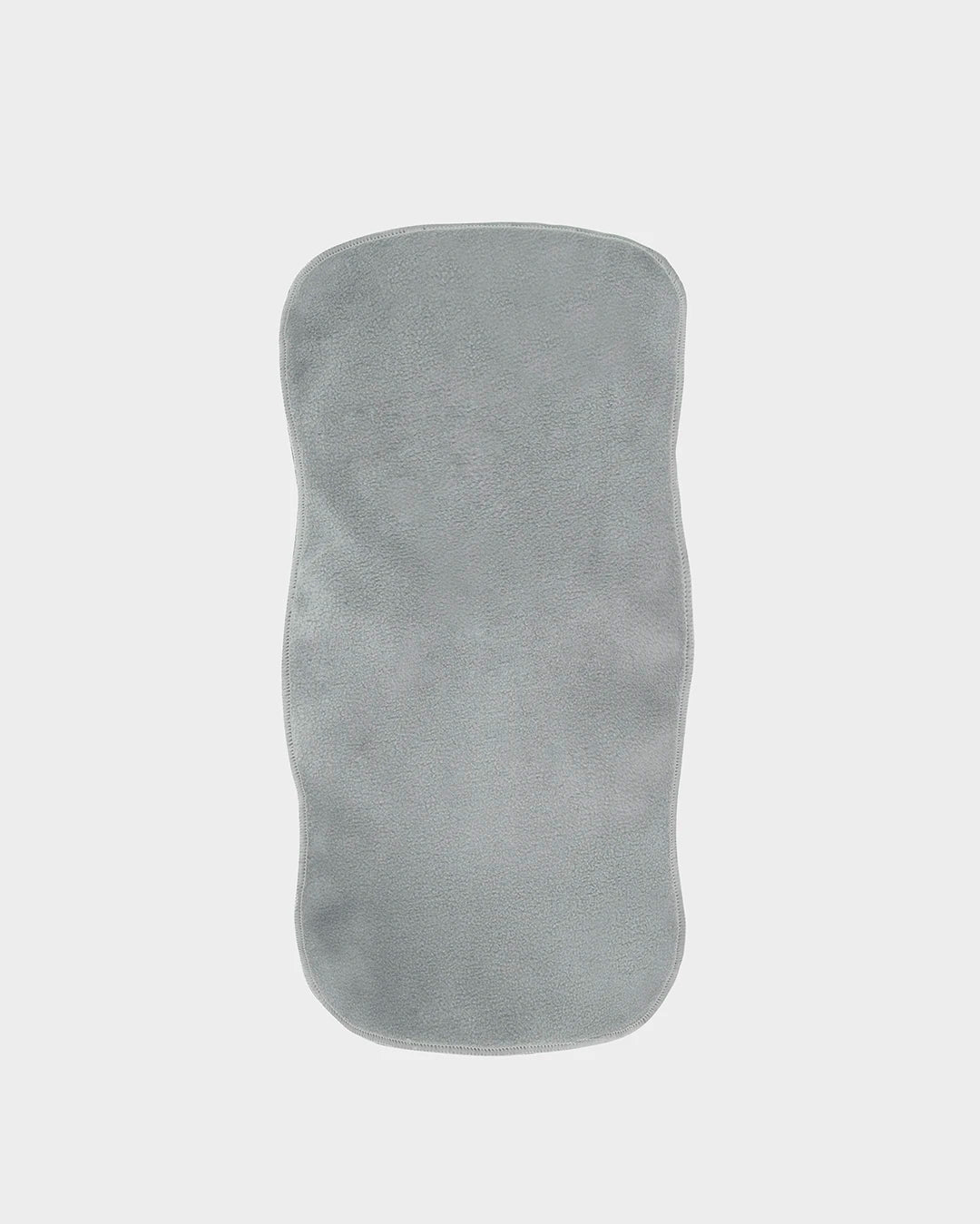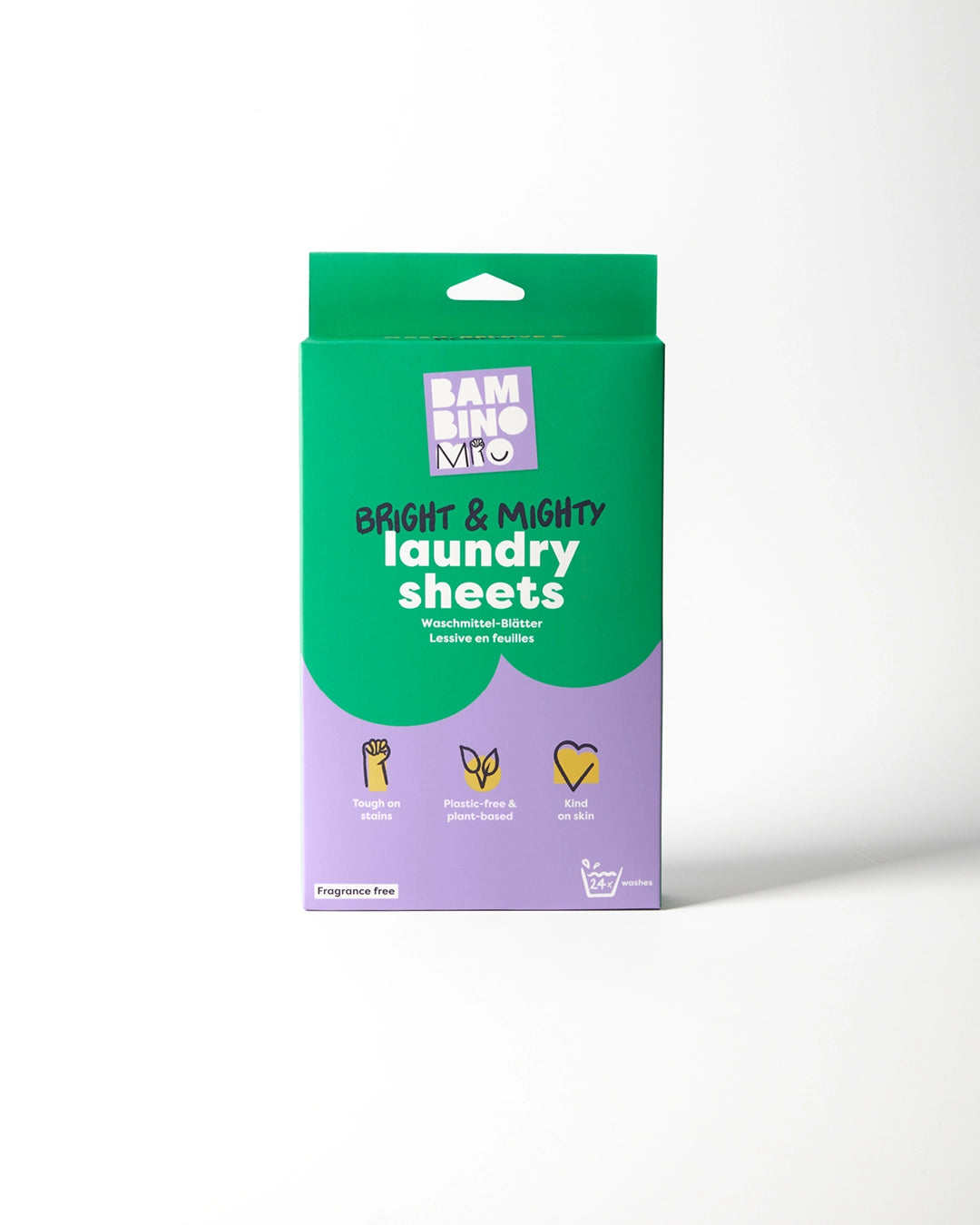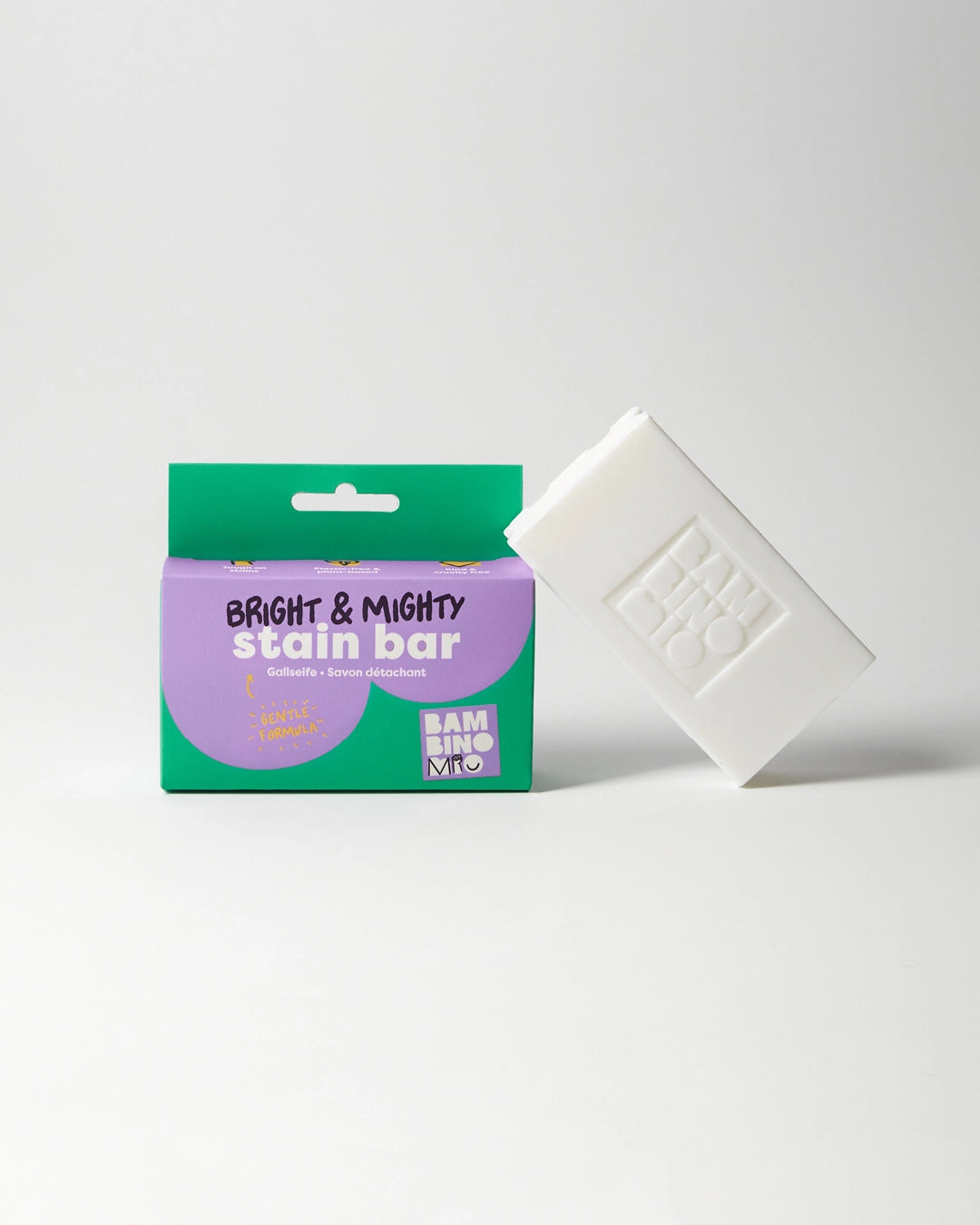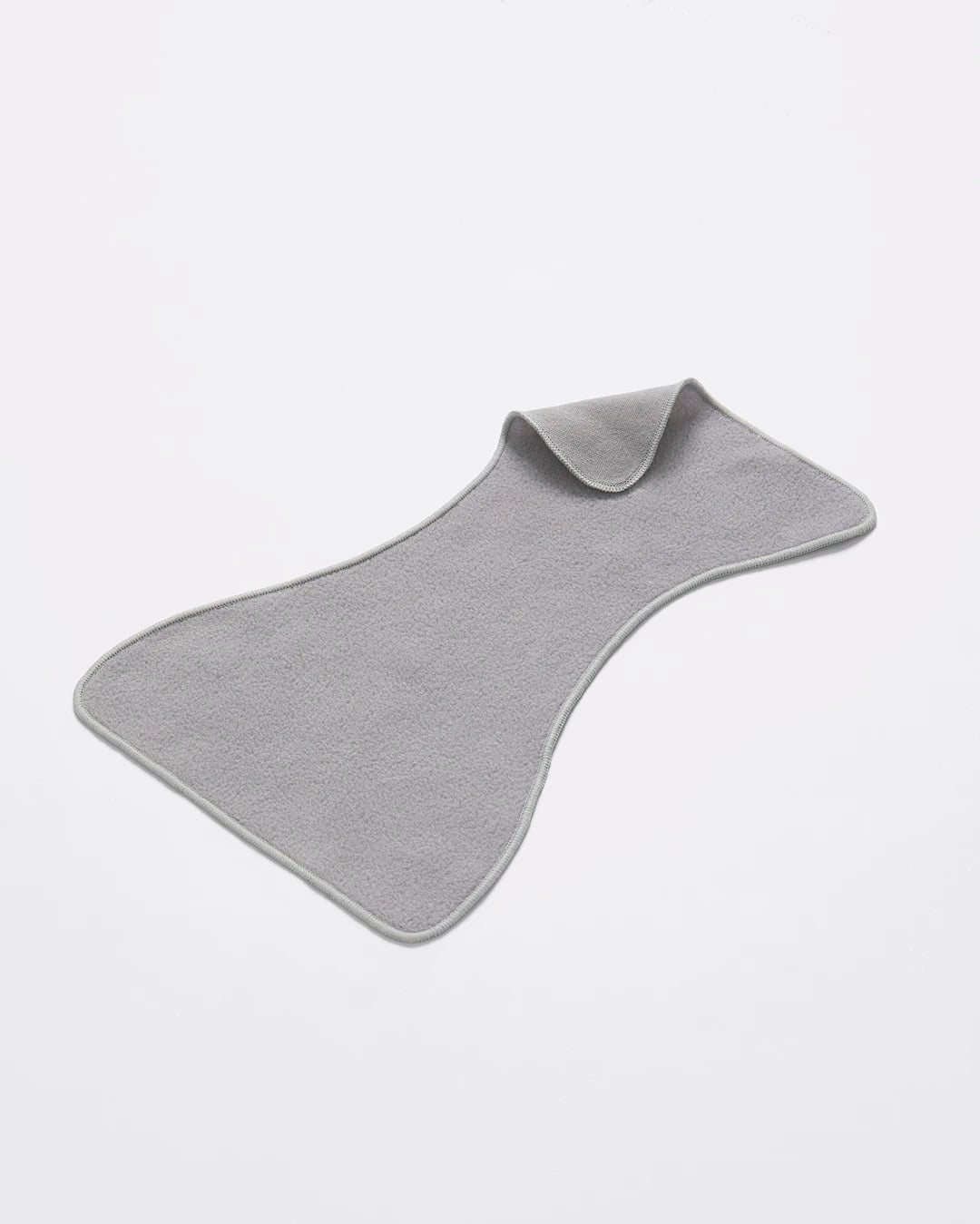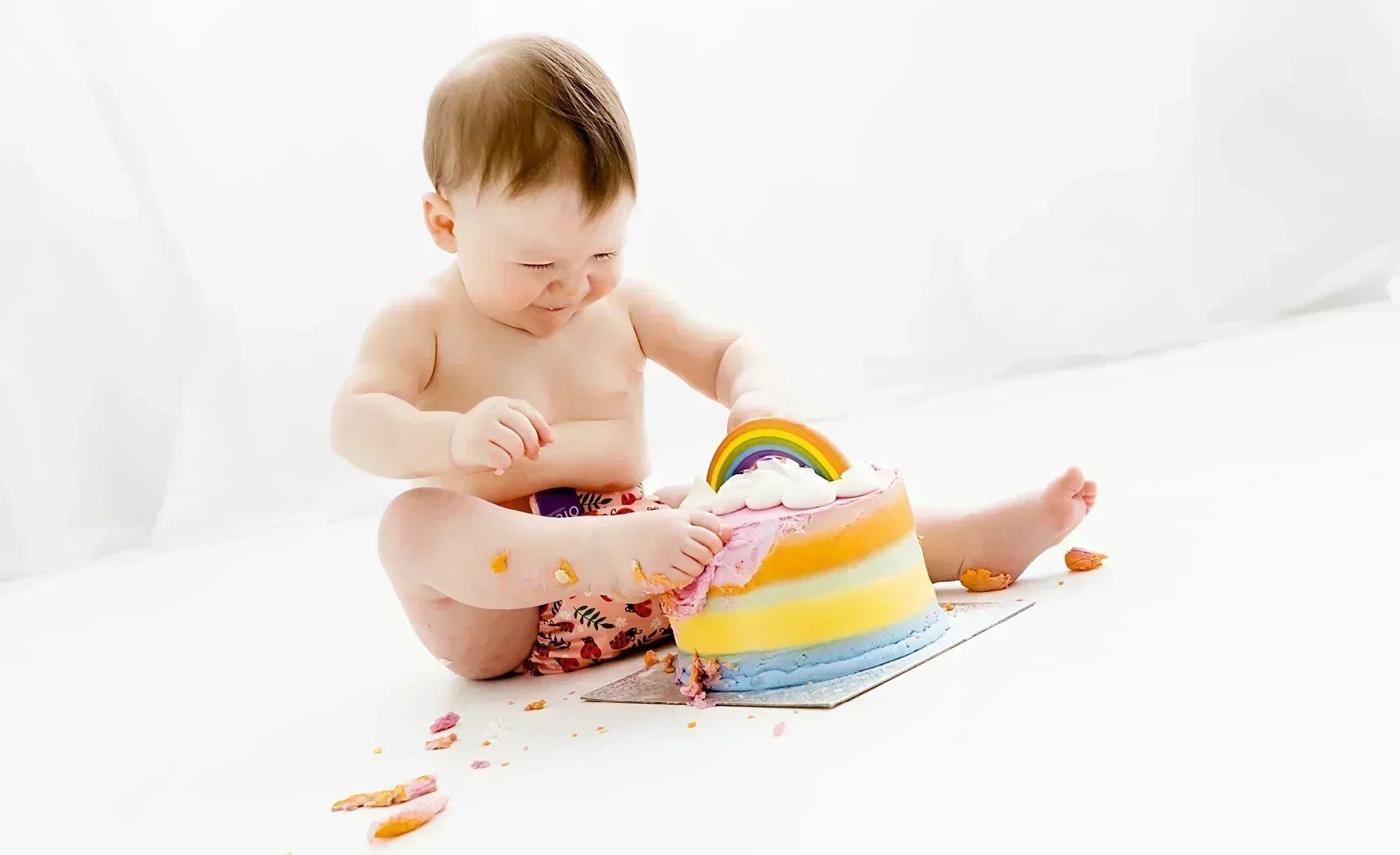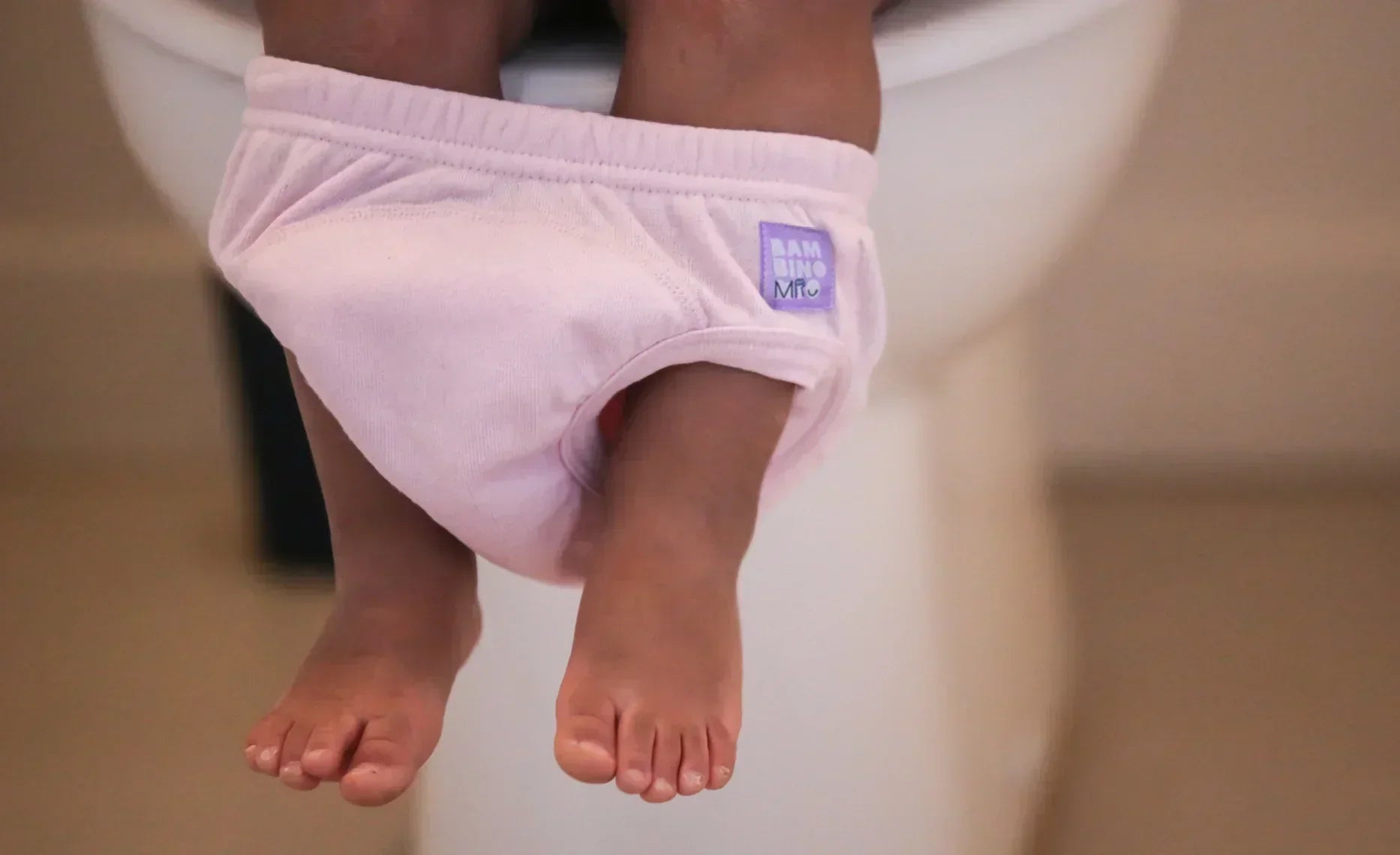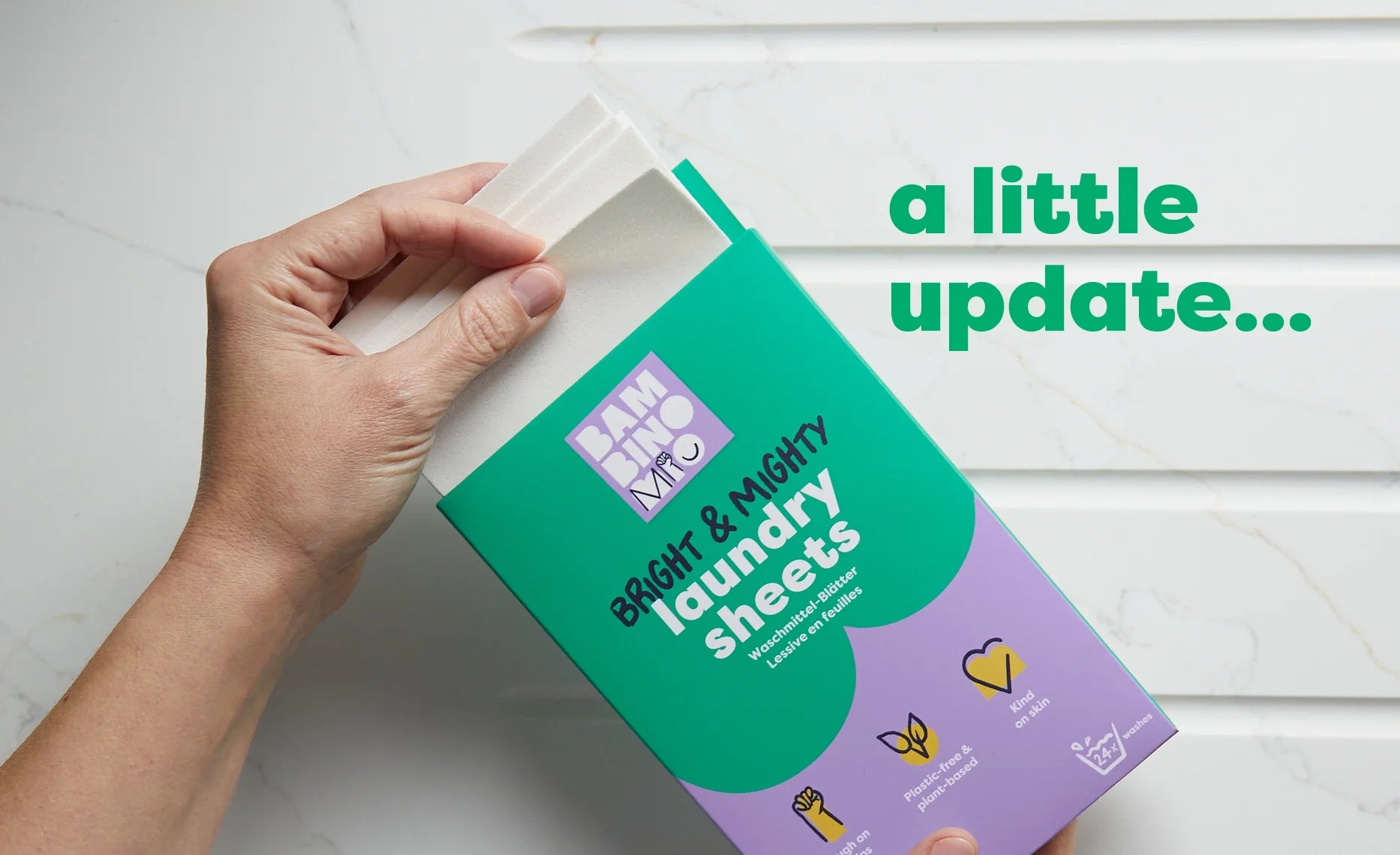Week 13 of Pregnancy | How Big is Your Baby at 13 Weeks?
Share Options
- Bambino Mio
- 09 / 07 / 2023

Inside this Article:
- At 13 weeks of pregnancy, your baby is the size of a lemon!
- Your baby’s growing hair this week!
- Your baby’s swallowing your amniotic fluid now
- Fingerprints are forming
- Your placenta is still growing a little
- How you’re feeling at 13 weeks pregnant
- Extra vaginal discharge
- You might start to look for stretch marks
- Can I prevent stretch marks during pregnancy?
- Other considerations for you at 13 weeks of pregnancy
- Staying healthy at 13 weeks pregnant
- Keep an eye on your discharge
- Things to think about at 13 weeks of pregnancy
- Citations and References
Pregnancy is a time of huge change for you, your body and your life. Our guide will help you through this amazing time, letting you know what to expect at each stage and, most excitingly, what your baby is up to each week.
At 13 weeks of pregnancy, your baby is the size of a lemon!
You’re finally at the end of the first trimester and although we can’t promise that pregnancy symptoms like nausea and vomiting, fatigue and mood swings will suddenly melt away in a flash, they will almost certainly ease up quite a bit this week (or maybe next…).
Back to your baby. At 13 weeks of pregnancy, your baby is around the size of a lemon. In other words, they’re around 7.5cm (3in) in length from crown to rump and weigh in at around 25g (0.9oz).
Your baby’s growing hair this week!
That’s right! Your baby is developing their hair follicles this week and fine, downy hair called lanugo is starting to appear on their skin (1). By the time you’re 20 weeks pregnant, your baby’s body will be covered in this hair, which serves to hold on to a protective substance called vernix caseosa (2) to help it to coat your baby’s skin.
Your baby’s swallowing your amniotic fluid now
Your tiny baby is already taking regular gulps of the amniotic fluid (3) they’re floating in…
…and weeing it back out!
At 13 weeks of pregnancy you can see your baby’s bladder on an ultrasound scan and it’s working alongside their tiny kidneys to process the amniotic fluid (4) they’re chugging down.
Fingerprints are forming
Your baby’s fingertips, as tiny as they are, are already starting to develop the ridges that will go on to become their fingerprints (5). Fingerprints are unique to every individual and retain this unique pattern for life.
Your placenta is still growing a little
Your placenta gives your baby the nutrients and oxygen (6) they need to live and grow, as well as remove the waste products generated by all this action. This amazing organ is fully functioning at 13 weeks of pregnancy, but it’ll carry on growing and changing until you give birth.
How you’re feeling at 13 weeks pregnant
You’re almost into your second trimester and you might be counting down the days until you get into this so-called golden period. Some of the more unpleasant pregnancy symptoms such as morning sickness and tiredness will probably ease off (at least in part), although some will stay around, like heartburn and constipation.
Extra vaginal discharge
All women have a certain amount of discharge, even when they’re not pregnant, as this leukorrhea helps to keep the vagina clean and fight infection. However, during pregnancy, this discharge increases in volume (7) and often seems to be more watery than usual. It’s nothing to worry about, although you might find it annoying from time to time.
You might start to look for stretch marks
Between 50% and 90% of pregnant women develop at least a few stretch marks, or striiae (8). Most often, these pink, purple or red streaks appear on the belly, hips, thighs and occasionally breasts and they fade into pale, silvery lines within a year or so.
Stretch marks are the result of your skin suddenly stretching (hence the name). Some women are more prone to them than others as genetics seems to influence whether you get any and if so, how many. As pregnancy is a time of growth and weight gain for you as well as for your baby, it’s no great surprise that lots of women are left with a few of these mementos.
Can I prevent stretch marks during pregnancy?
Probably not. You’ll see lots of creams and lotions promising to prevent stretch marks from developing in the first place, or promising to heal them if they do happen.
The truth is that these potions can’t deliver their promises, because they only moisturise the top layers of the skin and stretch marks are caused by collagen and elastin fibres in the lower layers rupturing (9) under pressure.
Staying hydrated and eating a diet with lots of vitamin E might help to keep your skin supple, as will gaining weight slowly and steadily.
It’s mostly a matter of luck and genetics and we at Bambino Mio think stretch marks are just a part of life and a testament to how your body did something amazing.
Other considerations for you at 13 weeks of pregnancy
Pregnancy is a joyful time, but for some women it can also be fraught with worry. You’ve probably had your 12-week scan (10) by now and if you found you needed further tests, you may be waiting for them this week.
Waiting for tests – and the results – can be incredibly stressful. Your antenatal team will probably have recommended the additional tests just to be on the safe side, so try to carry on as normal.
If you do have bad news, remember that your midwife and the rest of the team is there for you (11) and will help you to take the next steps, so ask for any help, advice and information you feel you need.
Staying healthy at 13 weeks pregnant
Hopefully your nausea and vomiting is receding, so you can be a bit more adventurous with your meals! Some of your food aversions might have been towards healthy foods (12), so try to bring them back into the fold, especially if they’re leafy and green!
Oily fish, fortified cereals, dairy products (or substitutes), lean meats and fruits are a great start. It’s important to think about calcium as you prepare to enter your second trimester, to help your baby’s bones and teeth (13).
Keep an eye on your discharge
As you know, an increase in discharge is normal in pregnancy and you can deal with it by changing your underwear during the day or wearing extra absorbent knickers. It’s important to shower and keep your knicker area clean and dry to avoid irritation.
You should tell your GP or midwife, however, if you notice:
- Very abundant discharge
- The discharge changes colour to green or yellow
- An offensive or particularly strong smell
- Any itching, burning or pain around your vulva
Things to think about at 13 weeks of pregnancy
Your bump might be starting to show a little by now and if you haven’t given everyone the good news by now, it may be out anyway! You might find people’s reactions great fun or you might prefer to keep things low key, so think about how you can manage everyone’s excitement so you’re not overwhelmed.
You’ve been pregnant for a while now and all those hormones can affect your gums (14), so even if you haven’t noticed any bleeding when you brush, book a visit with your dentist and hygienist to make sure all’s well.
Citations and References
(1) National Institutes of Health (NIH). National Library of Medicine. ‘Embryology. Lanugo.’ 2022. Web. www.ncbi.nlm.nih.gov/books/NBK526092
(2) National Institutes of Health (NIH). National Library of Medicine. ‘Unravelling the Mystery of Vernix Caseosa.’ 2008. Web. www.ncbi.nlm.nih.gov/pmc/articles/PMC2763724
(3) Cleveland Clinic. ‘Body Systems and Organs. Amniotic Fluid.’ 2022. Web. my.clevelandclinic.org/health/body/23310-amniotic-fluid
(4) National Institutes of Health (NIH). National Library of Medicine. ‘Renal Development in the Fetus and Premature Infant.’ 2017. Web. www.ncbi.nlm.nih.gov/pmc/articles/PMC5387761
(5) National Institutes of Health (NIH). National Library of Medicine. ‘Are Fingerprints Determined by Genetics?’ 2021. Web. medlineplus.gov/genetics/understanding/traits/fingerprints
(6) National Institutes of Health (NIH). National Library of Medicine. ‘Embryology, Placenta.’ 2023. Web. www.ncbi.nlm.nih.gov/books/NBK551634
(7) National Health Service (NHS). ‘Common Symptoms in Pregnancy. Vaginal Discharge in Pregnancy.’ 2021. Web. www.nhs.uk/pregnancy/related-conditions/common-symptoms/vaginal-discharge
(8) National Health Service (NHS). ‘Common Symptoms in Pregnancy. Stretch Marks in Pregnancy.’ 2022. Web. www.nhs.uk/pregnancy/related-conditions/common-symptoms/stretch-marks
(9) National Institutes of Health (NIH). National Library of Medicine. ‘Stretch Marks.’ 2023. Web. www.ncbi.nlm.nih.gov/books/NBK436005
(10) National Health Service (NHS). ‘Your Pregnancy Care: 12-week Scan.’ 2020. Web. www.nhs.uk/pregnancy/your-pregnancy-care/12-week-scan
(11) National Health Service (NHS). Your Antenatal Care. What if Screening Tests Find Something.’ 2022. Web. www.nhs.uk/pregnancy/your-pregnancy-care/if-antenatal-screening-tests-find-something
(12) National Health Service (NHS). ‘Keeping Well in Pregnancy. Eating Well in Pregnancy.’ 2023. Web. www.nhs.uk/pregnancy/keeping-well/have-a-healthy-diet
(13) National Health Service (NHS). ‘Keeping Well in Pregnancy: Vitamins, Supplements and Nutrition in Pregnancy.’ 2020. Web. www.nhs.uk/pregnancy/keeping-well/vitamins-Supplements-and-nutrition
(14) National Health Service (NHS). ‘Common Symptoms in Pregnancy. Bleeding Gums in Pregnancy.’ 2022. Web. www.nhs.uk/pregnancy/related-conditions/common-symptoms/bleeding-gums
Pregnancy by Week, What to Expect


